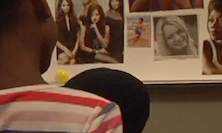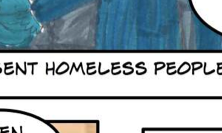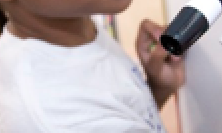Powerfull Voice of Kids - Digital & Media Literacy Education
- Teacher 2.0
Description

You are an educator who understands that participation in digital media and learning cultures requires flexibility to new formats, modes of expression, and participation in and out of school. You might read Shakespeare plays along with Hollywood adaptations. You might use online or interactive versions of classic literature to explore meaning behind texts. Or you might use online discussion boards and courseware to activate students’ enthusiasm for connecting to one another. Teacher 2.0 teachers are “anything goes”—they are restless and innovative, always trying new things in the classroom and finding new ways to connect learning to children’s culture.
Protect
- Help students understand respectful interpersonal relationships on- and off-line through structured activities.
- Create a safe classroom space for students to try new forms of analysis and communication without exposing them to some of the harsher realities of public and online life.
- Find ways to make traditional subject matter engaging, helping students focus on multiple forms of core content.
Empower
- Spark classroom conversations about a variety of media and students’ relationships to it, creating text-to-text and text-to-self connections.
- Give students confidence to evaluate, analyze, and create media in multiple forms even if they have challenges with their print literacy skills.
- Honor students’ participation in fan culture and engagement in media as a key component of their in-class learning.
Strengths
Teacher 2.0’s are endlessly inventive and find lots of new ways to engage students in a variety of subjects. They explore opportunities for students to interact with one another online and in class through new media and technology, and connect to students emotionally by taking their pleasure in both engaging digital media and classroom learning seriously.
Challenges
Because of the divergent nature of the Teacher 2.0 teaching style, lessons are often vulnerable to hiccups, unforeseen challenges, and remaining unfinished, as when students don’t have time to watch a whole film, don’t adequately engage with one another on online platforms, or don’t complete a media production. Teacher 2.0’s also occasionally miss the ways in which students choose not to participate with one another, or their desire to sometimes leave their enthusiasm for media “at home.”
Related Ideas
-
zoom
 Interpreting & Creating Photos
Interpreting & Creating Photos
How do children learn to interpret visual media?...
-
zoom
 City as Classroom
City as Classroom
Creating a non-fiction comic about the life of a...
-
zoom
 Authors and Audiences
Authors and Audiences
Why authors create
...